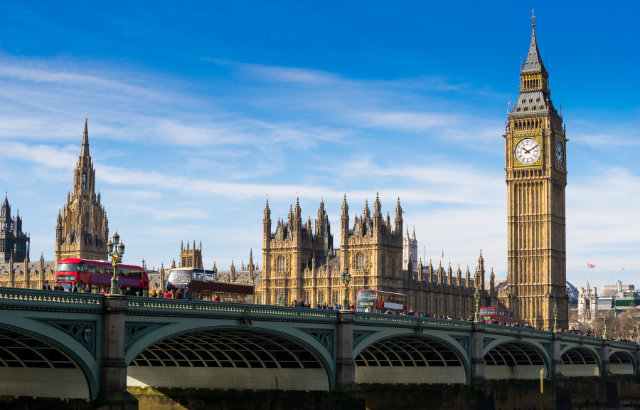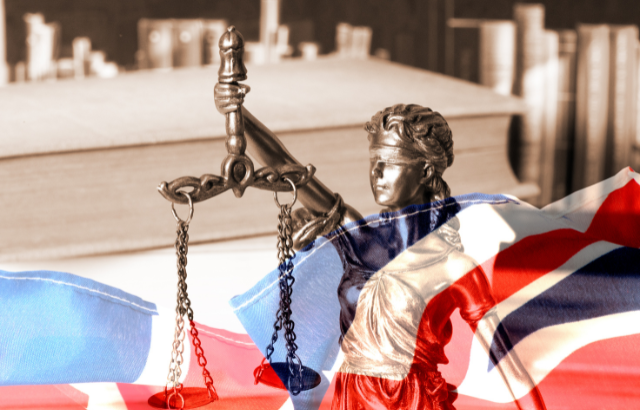Conservative conference: a party surprisingly united on Brexit, just divided from the rest of the world
Tim Bale, Professor of Politics at Queen Mary University of London has written an opinion piece for The Conversation about the Conservative Party conference 2018 and the state of the Party in the run-up to Brexit.

In his big speech to the Conservative Party conference in Birmingham on Monday, Brexit secretry Dominic Raab urged fellow Tories to “come together”. I’m not sure he needed to bother. Here in Birmingham the issue’s already one big circle jerk.
After all, the fringes are full to bursting with Brexiteers strutting their stuff in front of adoring audiences who are utterly convinced – as Theresa May still insists she, too, is convinced – that “no-deal is better than a bad deal”.
There are Remainers and Second-Referendumers around, of course. But unless they’re high-profile members of the Resistance, like Anna Soubry or Justine Greening or Philip Lee – who managed to attract quite a crowd at a People’s Vote meeting rather tellingly held outside “the secure zone” – they tend to huddle together for warmth and comfort, hoping against hope that reality might dawn on their colleagues before it’s too late.
So while people often refer to the “conference bubble”, really we’re talking about a whole bunch of bubbles. It’s easier than ever to float around in these sealed spheres thanks to the now-notorious conference apps almost everyone seems to have on their smartphones. Installing them allows those attending to plan their day so rigidly that they never need find themselves in a situation where they and their opinions are in a minority. As a result, those opinions are reinforced rather than challenged, meaning they’ll return home more convinced than ever, not just that they’re right but that pretty much everyone thinks the way they do.
In some ways, of course, that’s the whole point of party conferences. Sure, they’re about showcasing a slew of new (or at least recycled) policies to the public, even if research suggests that the public isn’t paying much attention. Sure, especially when you’re in government, they’re a chance to milk some much-needed cash out of lobbyists and exhibitors. And sure, they’re an opportunity – especially this year – for leadership contenders to try, like Raab, to more or less transparently pitch for the top job in front of those who will ultimately decide who gets it. But essentially these annual get-togethers are rallies for the faithful, designed to make them feel part of something and to gee them up so that they’re more likely to get out on the doorstep for the party at election time.
As to who the faithful are, that’s an interesting question. Some would say that, if you strip out all the (overtired) media people, the (always-on) Conservative Campaign HQ and parliamentary staffers, the “come to our event” think-tankers, the slightly-handsomer-and-more-beautiful lobbyists, and of course the MPs, you’re left with a fair few 50-something men – often small businessmen – in blue suits, a fair few celebrity-spotting ladies of a certain age queuing to see “Boris” or “Jacob” or “Dominic” (first-name terms apparently), and a smattering of mainly male, 20-something, brylcreamed wannabees equally keen on getting a selfie with their heroes. However, as someone who’s conducted extensive academic research on the membership, I couldn’t possibly comment.
What I can say, however, is that anyone walking through the building site that is Central Birmingham at the moment to get to the ICC for an 8am fringe event, could very, very easily tell the difference between the conference-goers and the morning commuters – a sure sign, perhaps, of a party that’s still struggling to look and sound like the 21st-century country it claims to govern.
This opinion piece was originally published in The Conversation on 2 October 2018.
Related items

10 December 2024

9 December 2024

6 December 2024
For media information, contact: